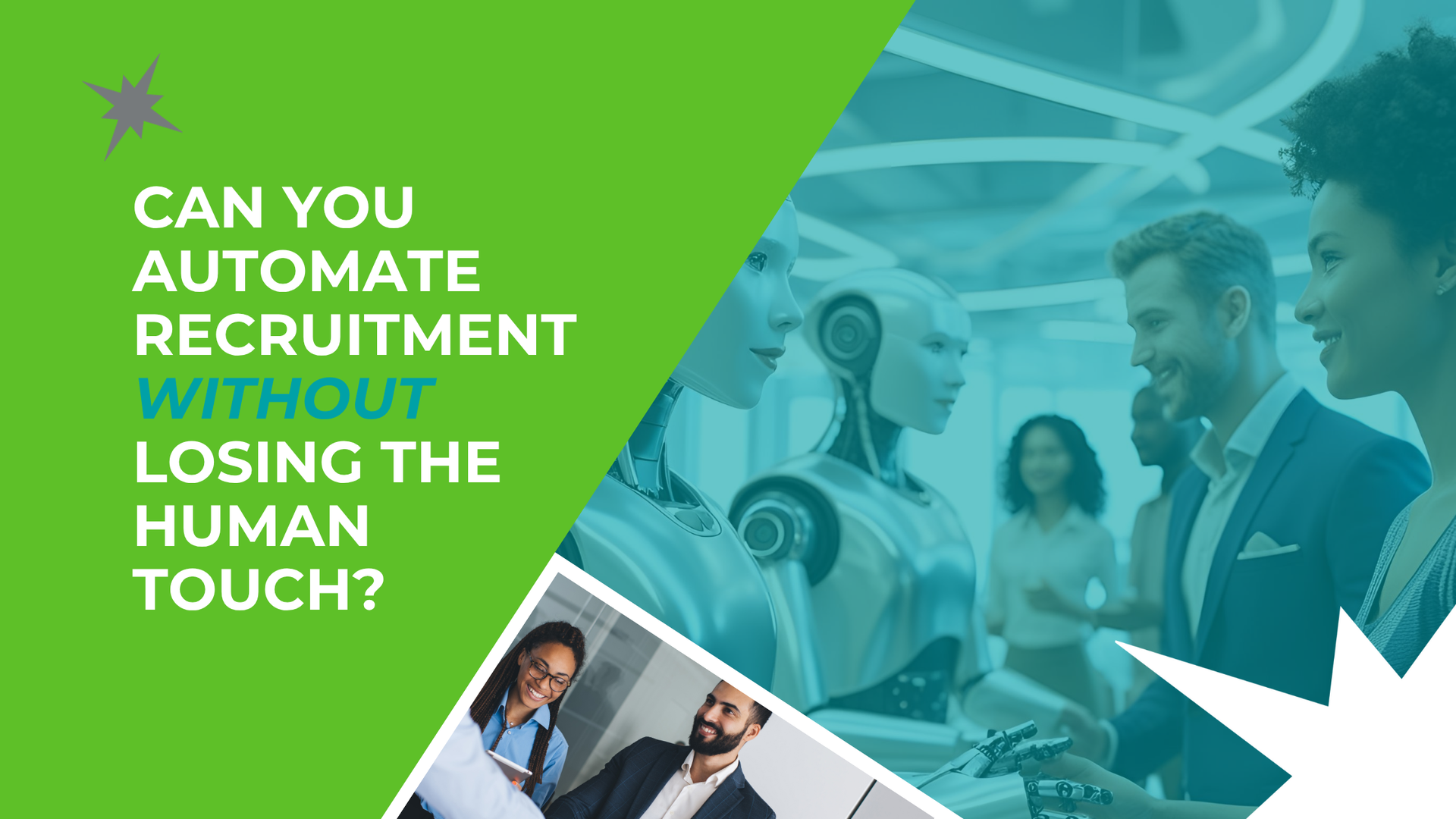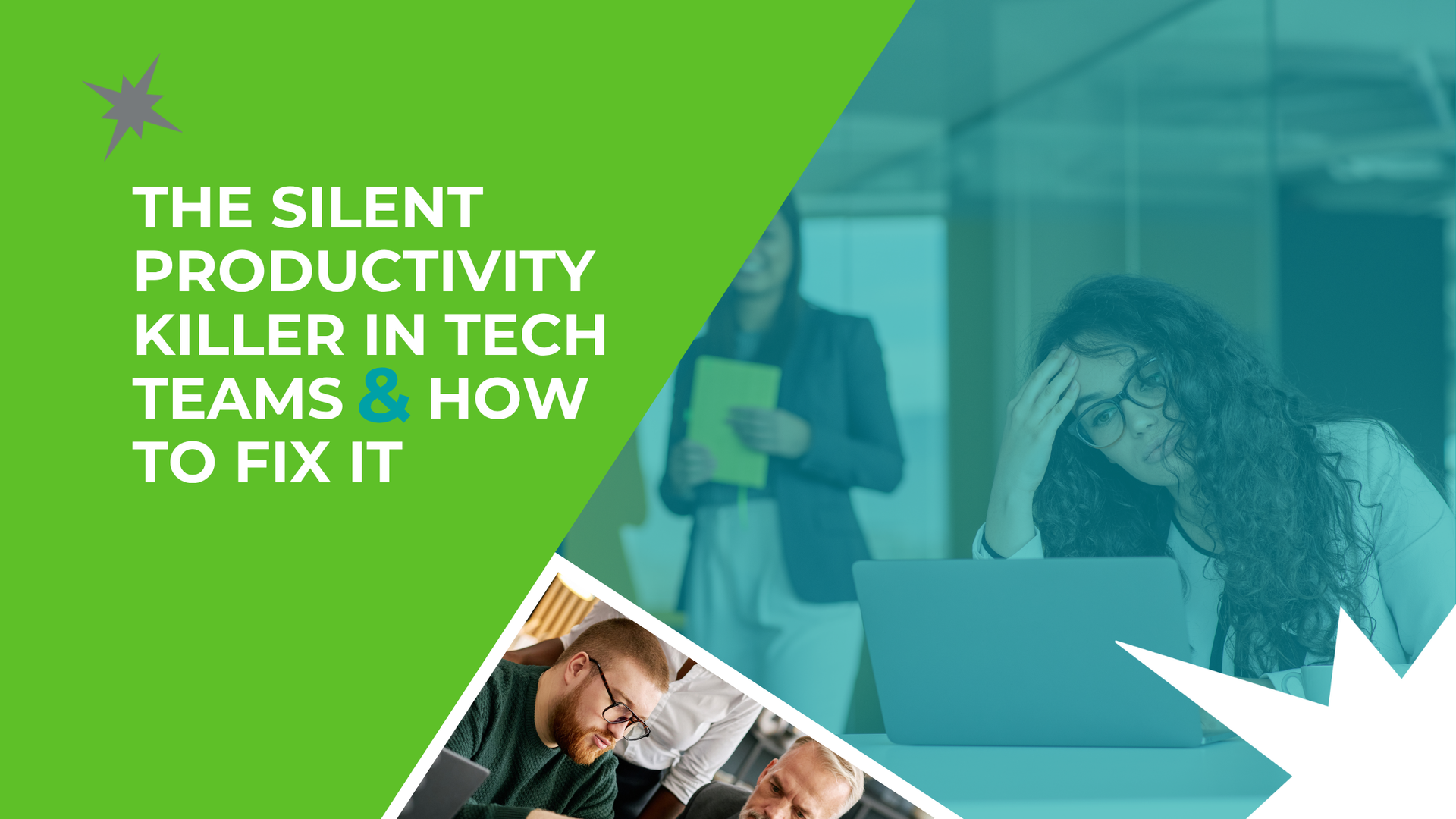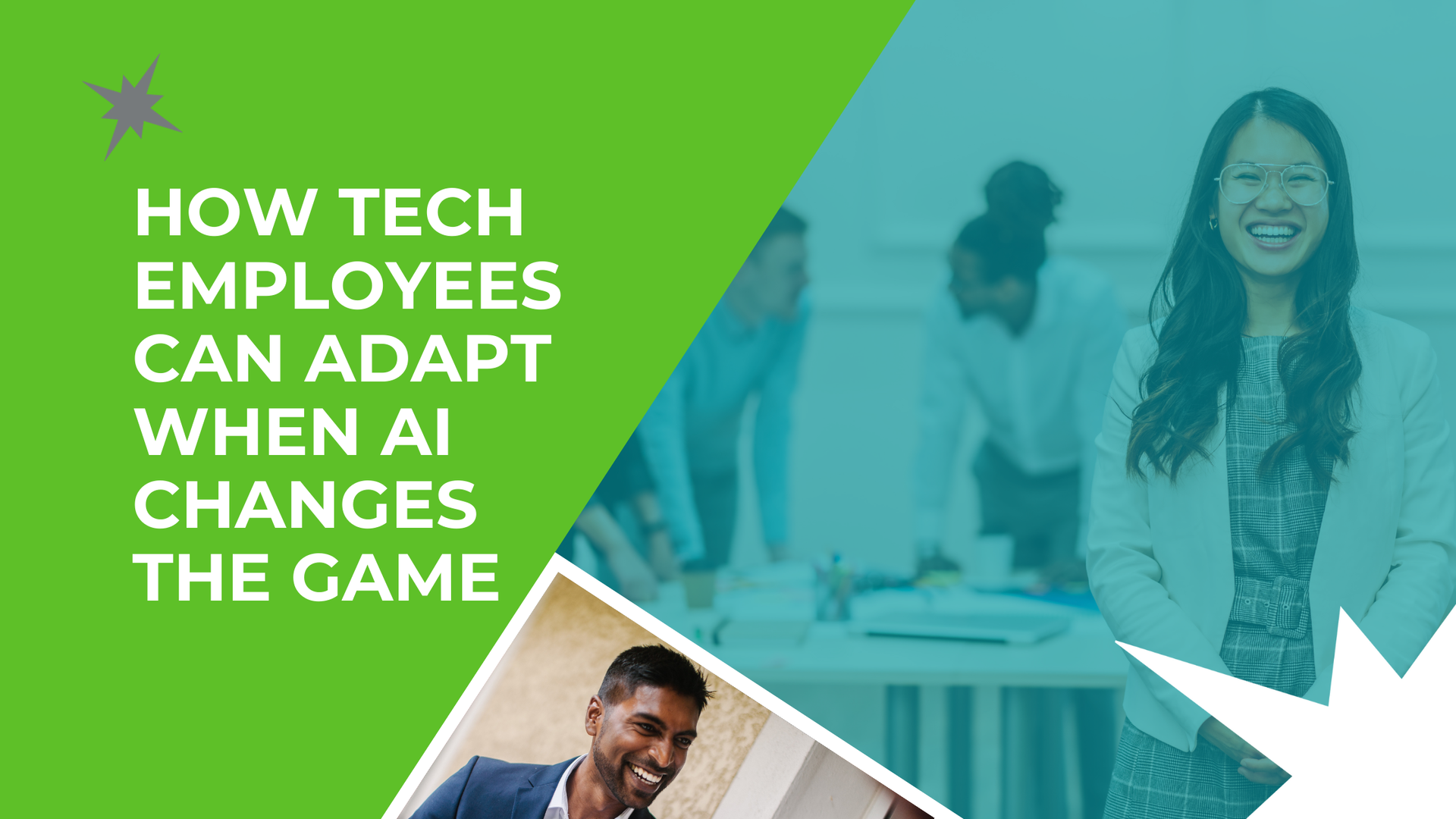News & Insights
< Back to Blogs
Managing Gen Z Employees in the Modern Workforce

Just when you thought you had Millennials figured out, the latest Generation has entered the workforce – Gen Z (or as some know them, the iGens). With every new generation, how we go about retaining, managing and recruiting employees must change. This is definitely the case with Gen Z, the first to be raised in the era of smartphones, who probably won’t remember a time without social media. It’s likely that Gen Z and Millennials will make up the majority of the workforce in the coming years, so if you haven’t started already, now’s the time start thinking about how to manage Gen Z employees in your organisation.
Who is Gen Z?
Born after 1995, Gen Z are “digital natives,” and are the most tech competent of any generation. Technology is like breathing to the typical Gen Z’er, which means they are more likely pick up on any new technological developments much faster than employees from earlier generations. The iGens are always “switched on” and connected, which is where their incredible tech competence stems from. This includes having some sort of screen (sometimes multiple screens) in front of them, making them incredible multi-taskers.
As demonstrated by Gen Z’s active participation in online social justice movements, it is obvious that their standards are very high, and their priorities have shifted from those that previous generations deemed important. Gen Z relies on technology and values independence, diversity and flexibility – all of which are important factors when identifying how to engage Gen Z employees in the workplace.
What Makes Gen Z Different?
Here are some of the key Gen Z characteristics you should be aware of:
More digital – As digital natives (versus digital immigrants), Gen Z can’t imagine a world without technology.
Instant everything – Gen Z was born into a world with instant information, instant communication and instant gratification. They may think something is wrong if it doesn’t come quickly.
Making a difference – Gen Z cares about society and the planet more than any other generation. They want to join organisations that promote Corporate Social Responsibility strategies.
Virtual communication – They have stronger virtual communication skills and are accustomed to freely expressing their opinions online.
Do it myself – They have a “do it myself” mentality. They’re ambitious and have more of an entrepreneurial spirit than previous generations
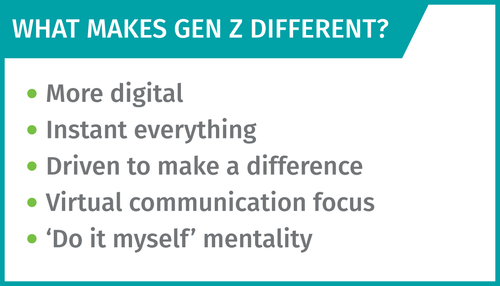
Tips for Managing Gen Z Employees
The iGens have a great deal to offer the workforce, so it is essential that we understand how they work and how to really motivate them to reach their full potential as employees. One thing is certain, to make the most of their unique strengths, adjustments will have to be made from business leaders and managers. We’ve put together a helpful list of ways to prepare your business for Gen Z employees:
Coaching and guidance – Gen Z employees are very ambitious (even more so than Gen Y) and crave advancement opportunities. When it comes to their development, they enjoy a hands-on approach from management through coaching and mentoring. Gen Zs have their careers sussed out with a plan for professional growth, so it’s important to find out what that plan is early on, and how you could work together to reach those goals.
Tech-centred workforce – As mentioned previously, technology is second nature to the iGens, which means they can navigate across different screens (smartphones, TV’s, laptops, tablets, PCs) simultaneously with ease. With this in mind, ensure their workspace is set up in a way that will drive their creativity and innovation. Collaboration software, as well as internal messaging platforms such as Slack or Yammer, will go down very well for this generation.
The importance of value – Gen Z thrives on feeling valued, so recognise their efforts and celebrate their success. Intrinsic rewards are important and will also be a great motivator for them.
Challenging and meaningful work – Gen Z likes to know that their skills are being fully utilised, so ensure the work they do is meaningful and stimulating. If they are challenged daily, they are more likely to stick with the organisation.
Flexibility – Flexibility is very important to Gen Zs and they tend to seek it in their work environment and social life. The old adage of the nine to five doesn’t mean much to this generation, as they believe that with the wealth of technology available today, they can remain connected regardless of where they work. Consequently, offering flexibility is definitely in an employer’s best interests.
Summary
So, how will Gen Z affect the workplace? There is no doubt that Gen Zs brings with them a natural confidence and knowledge of technology that cannot be matched by previous generations. This generation will inevitably fill our workforce in the coming years, and with them will come a new way of thinking, working and managing. As the business world continues to evolve, it is important to bring in (and retain) those with the skills to help us navigate these changes successfully.
For more IT Recruitment advice, contact the team at Enterprise IT Resources – we look forward to helping you with any of your hiring needs.
Share This Article
Recent Articles
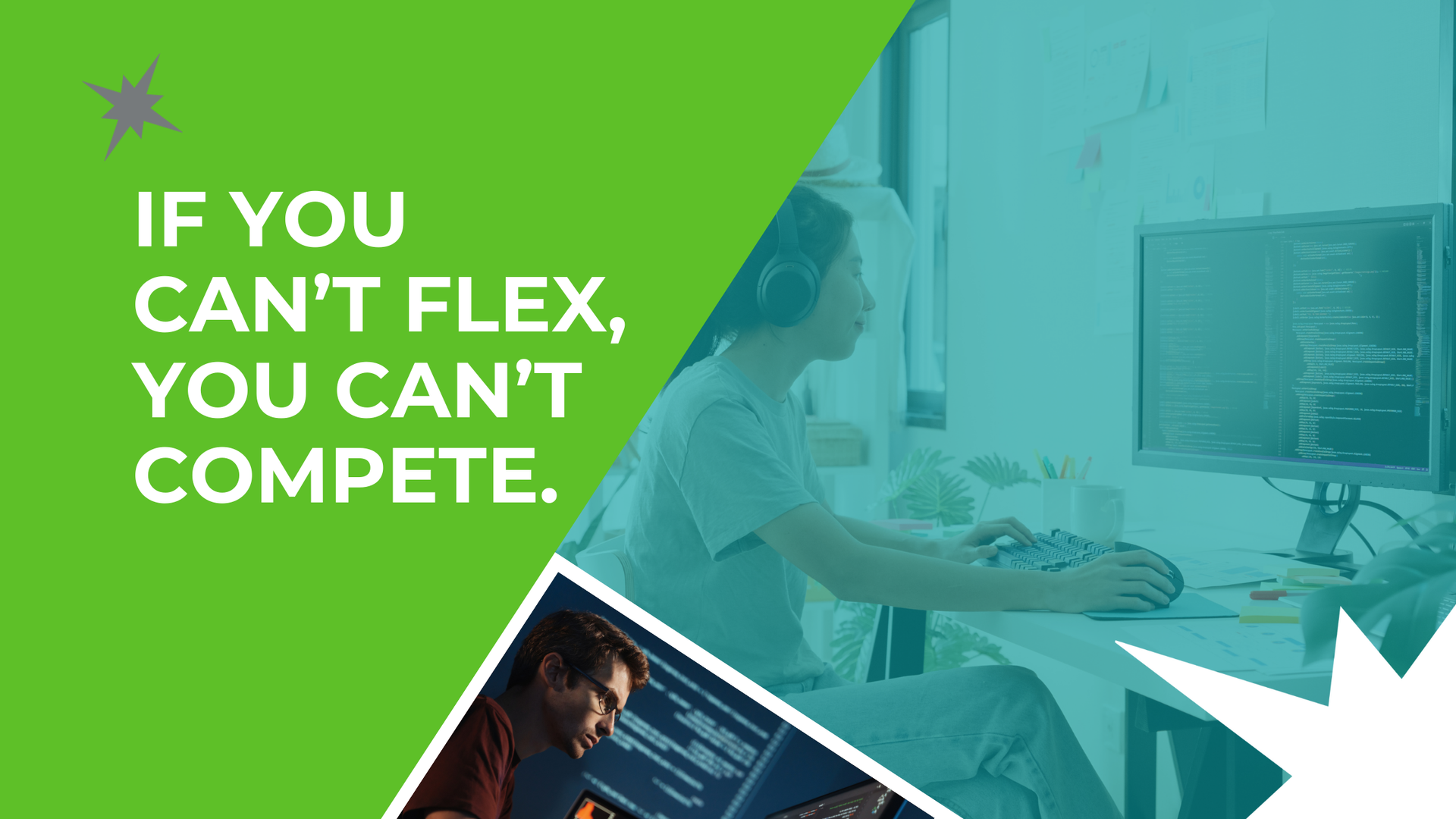
Filter By Category
Subscribe to our News & Advice

